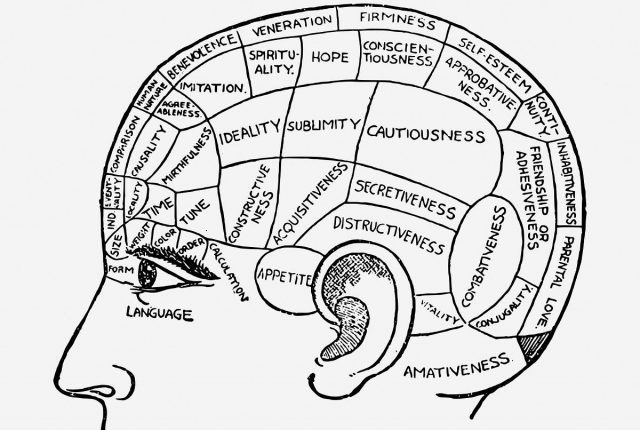
Content and Language Integrated Learning (CLIL)
Content and Language Integrated Learning (CLIL) is a powerful educational approach designed to enhance learning in diverse linguistic settings. Originally emerging in Europe in the mid-1990s, CLIL has since become…

Competence and Performance in Language Learning
When delving into the realm of language learning, it’s crucial to grasp two key concepts: competence and performance. These terms were introduced by Chomsky in the 1960s to describe different…

Community Language Learning (CLL)
Learning a new language can be challenging, but with the right approach, it can also be rewarding. Community Language Learning (CLL) is one such approach that focuses on creating a…

Communicative Language Teaching for Language Learners
Communicative Language Teaching (CLT) is a method used to learn languages that focuses on both the process and goals of classroom learning. This approach emphasizes the ability to express, interpret,…

Effective Communication Strategies for Language Learners
Communication strategies are essential tools for language learners to achieve their goals in understanding and expressing themselves in a new language. In this article, we’ll explore what communication strategies are…

Common European Framework of Reference (CEFR)
The Common European Framework of Reference for languages, also known as CEFR, is a guideline developed by the Council of Europe to aid in the learning, teaching, and assessment of…

Cognitive Linguistics in Language Learning
Language learning involves more than just memorizing vocabulary and grammar rules. It’s about understanding how language reflects the way we think and perceive the world around us. One fascinating approach…

Cognitive Code Theory in Language Learning
Learning a new language involves more than just memorizing vocabulary and practicing grammar drills. It taps into the way our minds naturally work, a concept known as Cognitive Code Theory….



